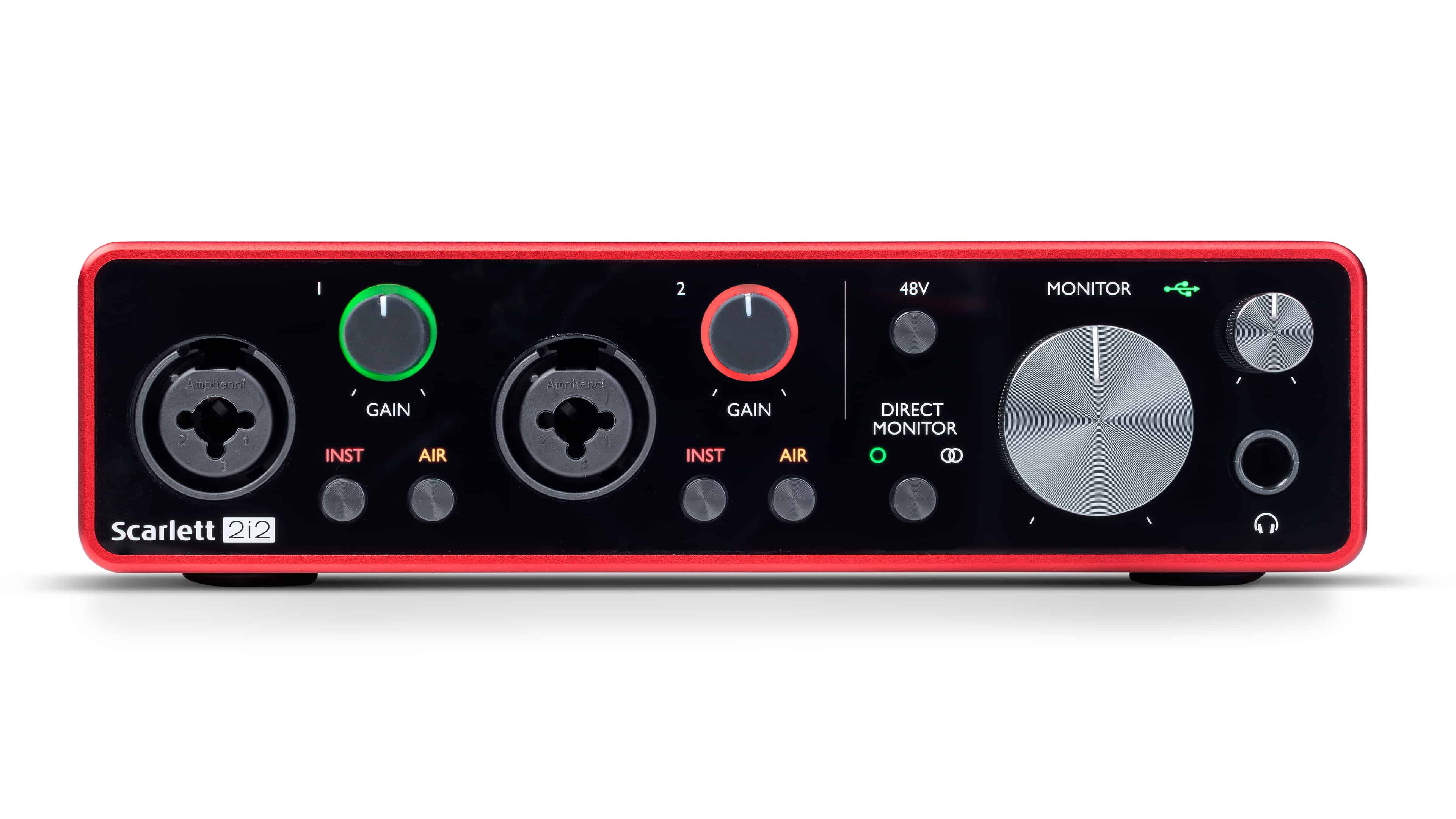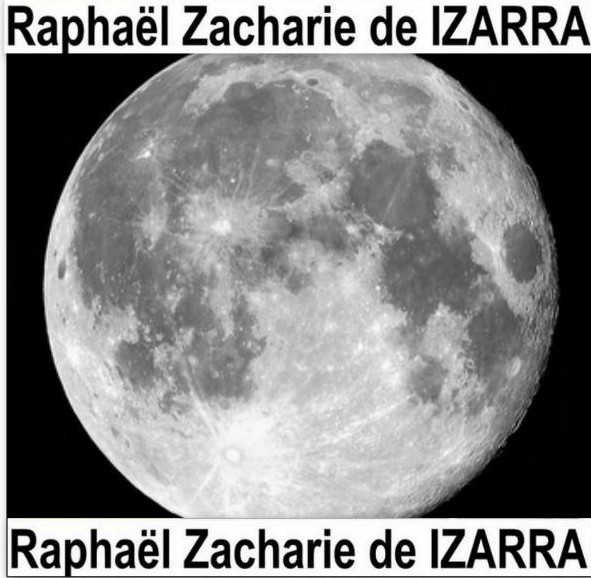


This will bypass the ALSA Speaker device all together and allow my roommates a bit of peace while I’m at work listening to music. Then re-route the streaming source to the new monitor sink. Problem: Streaming music plays out of speakers as well as the network stream.Ĭreate a new sink using ‘module-null-sink’ and pipe the stream there. So, with my last post about streaming a pulseaudio sink to a Shoutcast/Icecast server setup and running, I’ve made some improvements to my streaming solution that I thought I’d share with you. Moving Audio Streams to Different Sink - Pulseaudio Thanks for the comments though, I will keep going over them and see if I can figure it out. I don't see any way to mix one with the other.It is easy to record speaker sounds, or mic sounds, so why is it so hard to record both? Interesting, my pulseaudio preferences looks a little different (mine has tabs), but has the same options from what I can tell.įrom what I can tell that shield thing just locks the right/left slider bar.
AUDIO LOOPBACK TEST SOFTWARE
Software that supports and enhance pulseaudio GUI options. Post added at 07:02 PM CDT - Previous post was at 07:01 PM CDT. Using paprefs there was an option as the image shows Post added at 07:01 PM CDT - Previous post was at 06:40 PM CDT. In the "input devices" tab you can go and change the "show:" from "all except monitors" to "all input devices" then click on the little shield icons to lock them together.

Oh, well I think the interface changed and now they use the little icon shields to lock the devices together so they act like one, but that it is just a guess. I saw that ubuntu thread too, it doesn't work in Fedora, but I remember it used to work.
AUDIO LOOPBACK TEST INSTALL
Post added at 02:22 PM CDT - Previous post was at 02:19 PM CDT -Īlso you can install pavucontrol and lock devices together. Pacat -volume=32768 -format=s16ne -channels=2 -rate=44100 -r -d alsa_output.pci-0000_00_1b.0.analog-surround-71.monitor > /home//Desktop/pulsetest.wavĪdding pulse monitor to /etc/alsa/nfĭevice alsa_output.pci-0000_00_1b.0.analog-surround-71.monitorĬrackling = Solution is to reduce the volume on the PCM device or directly on the app.Īdding the pulse_monitor will create a virtual device that will enable you to capture all sound you can hear on the desktop. Parec -d alsa_output.pci-0000_00_1b.0.analog-surround-71.monitor | sox -t raw -r 44100 -sLb 16 -c 2 - /home//Desktop/pulsetest.wav I was just wondering if there was anyone on here that may be able to help. This happened all of a sudden, not a gradual thing, but one second it was fine, the next it was very bad. I tried the same think in linux mint, and it worked, but but after about a min of this, the sound got distorted to the point where I could not even understatnd what I said in the mic. I am just running the live cd right now, and I found that if I installed paprefs (pulse audio preferences) there was an option to loop the audio to the speakers. So I am trying out distributions, and I decided to try fedora. But now I guess alsa has taken the analog loopback out, so I need to find another way. I then recorded from the line in to get both the speaker sounds, and the mic. I have been using the analog loopback to add the mic to the speaker sound, then splitting the speaker sound to also feed back into the line in. I need it because I need to record sound from my speakers, and my mic at the same time, and my soundcard does not seem to allow them to be mixed (or at least I could never figure out how). But it has just had an update, and with that I lost the ability to have analog loopback. I have been using a different distribution for some time now. In fact I have not even installed it yet.


 0 kommentar(er)
0 kommentar(er)
